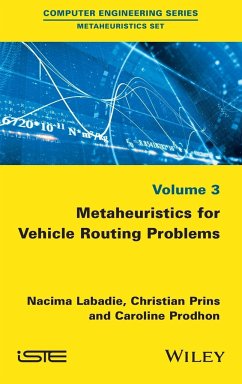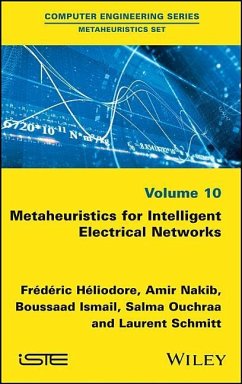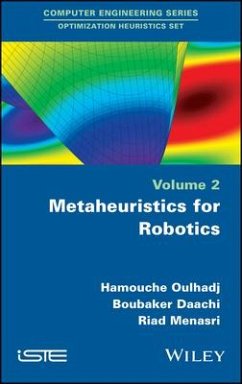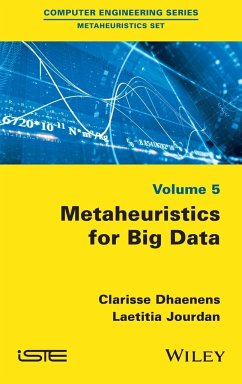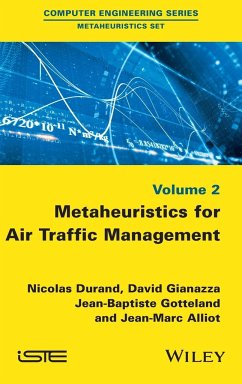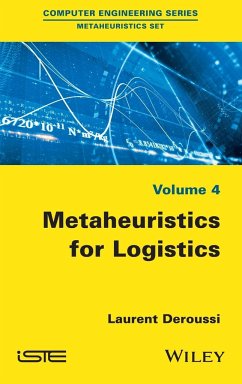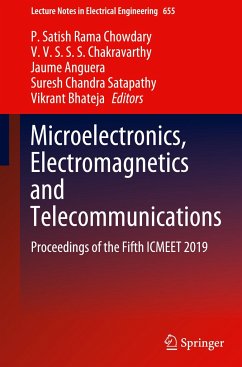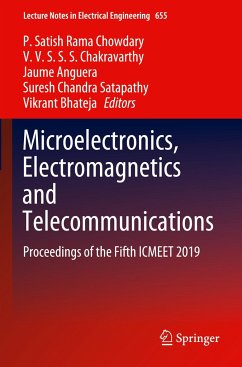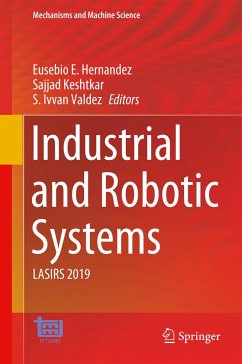Nicht lieferbar
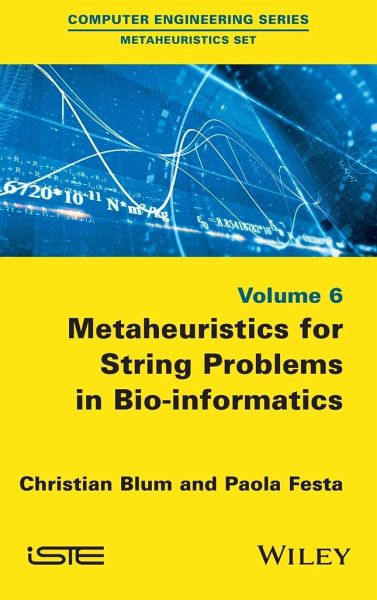
Metaheuristics for String Problems in Bio-Informatics
This book will present the latest research on metaheuristic algorithms for some of the most important string problems in bio-informatics. Optimization problems related to strings-such as protein or DNA sequences-are very common in bioinformatics. Examples include string selection problems such as the "far from most string" problem, and other string problems such as the longest common subsequence problem and its variants, alignment problems, and similarity search. These problems are often computationally very hard. Therefore, during the last 10-15 years the research community has focused especi...
This book will present the latest research on metaheuristic algorithms for some of the most important string problems in bio-informatics. Optimization problems related to strings-such as protein or DNA sequences-are very common in bioinformatics. Examples include string selection problems such as the "far from most string" problem, and other string problems such as the longest common subsequence problem and its variants, alignment problems, and similarity search. These problems are often computationally very hard. Therefore, during the last 10-15 years the research community has focused especially on metaheuristic algorithms for solving this type of problems. This book aims at presenting some of the most interesting recent work in this line of research.--





